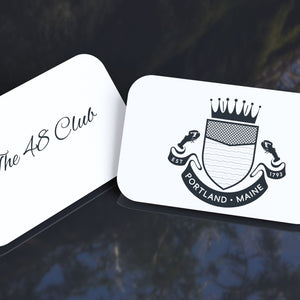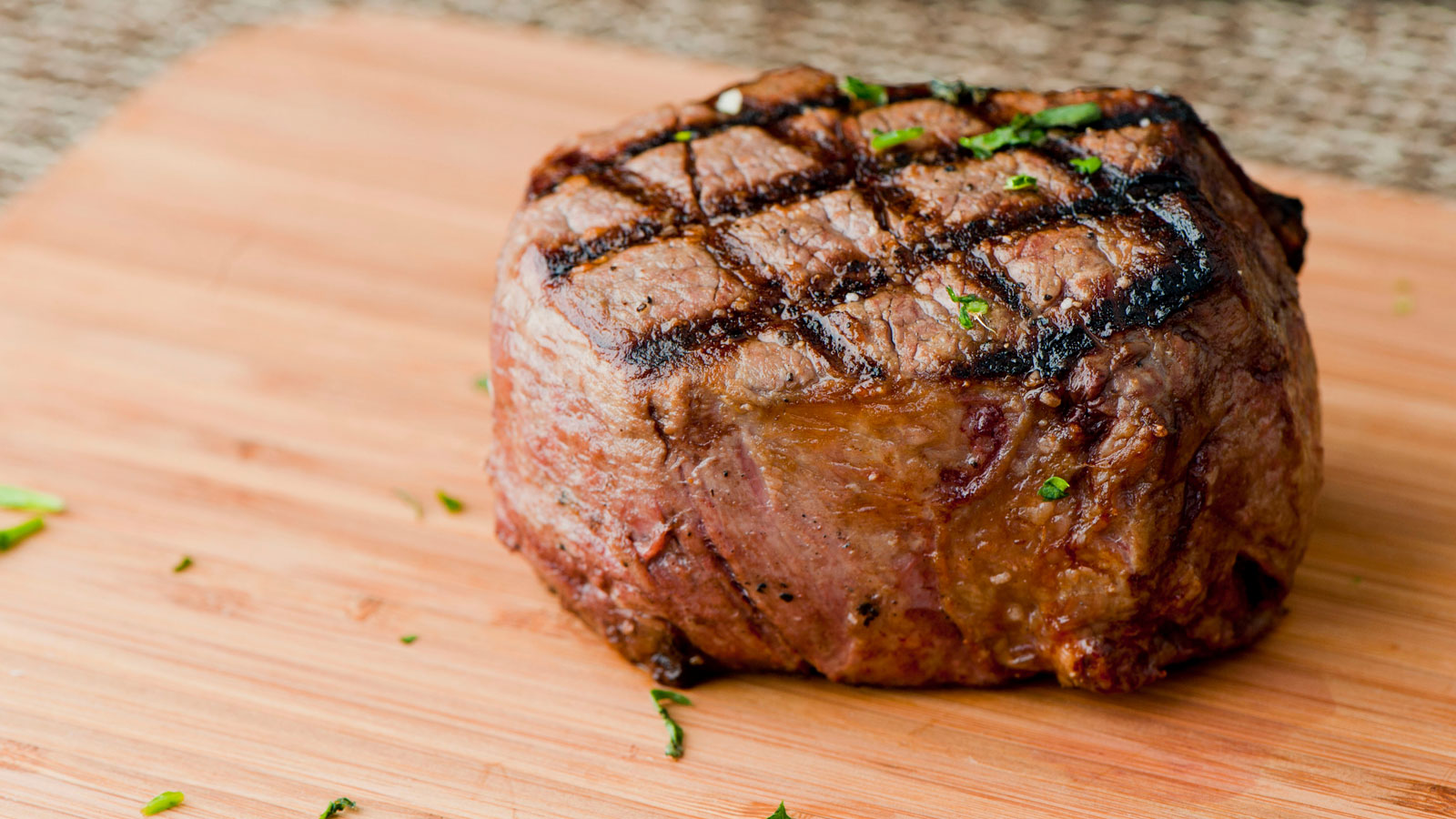Perfectly Grilled Filet Mignon
Mark MurrellShare
When you spend good money on a nice cut of beef, be sure to take the appropriate steps to season and cook to perfection. Here's 5-step process I always adhere to when cooking Filet Mignon:
- Dry and Salt
- Season
- Sear
- Grill
- Rest
Dry and Salt
Dry brining before you cook is a trick many chefs use to make the steak juicier and create a nice crust to the outside. Place filets on dry rack and season both sides with salt. We want our steak to get to room temperature before we start cooking the steak.
Season
This one is a personal choice. There are many great steak seasonings out there. Salt, pepper, and some garlic salt is simple seasoning mix I use. I also like Chris Perry's Steakhouse seasoning as well.
Sear
Searing a steak before cooking is a common step for experts. This process helps create a crust and seal in the glorious juices in the steak. Bring your pan to high heat. Wait until the pan is very hot. Place one side on the pan until it becomes a nice brown color. Repeat for all sides of your steak.
Grill
Grill time is affected by the size of your steak, the cut, and the temperature you desire. See the chart below for guidance.
Rest
After grilling, let your filet rest for 5 minutes. To keep your steak warn, create a foil tent to place over. Let your filet rest so that it can retain its juices. This is an important step in serving up the juiciest filet possible.
Cooking Time Chart











